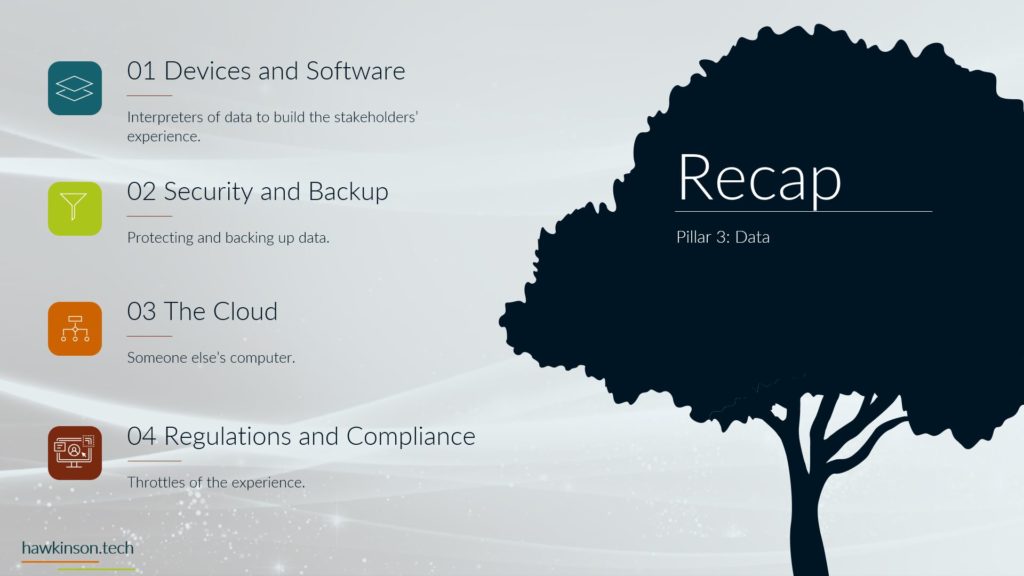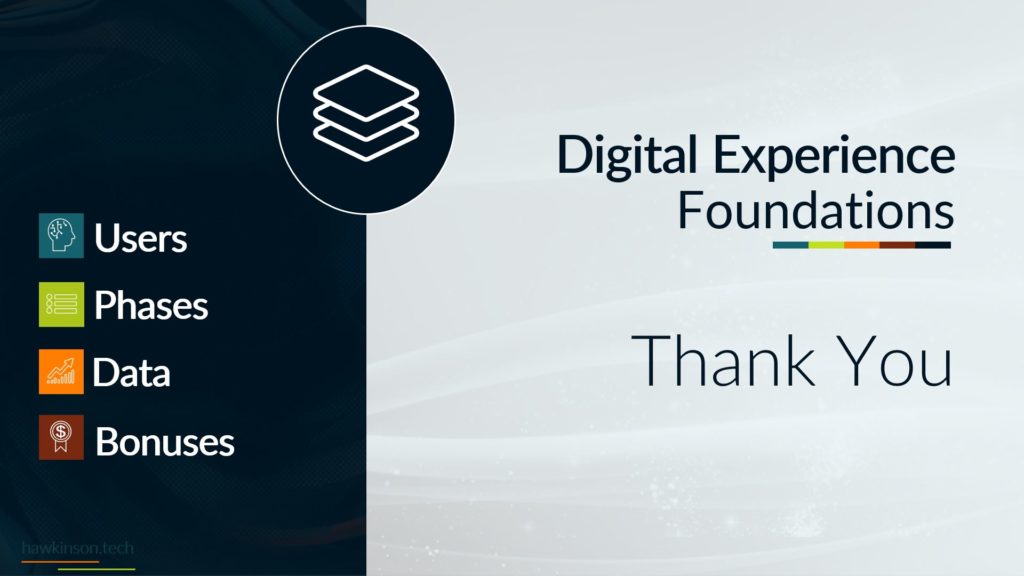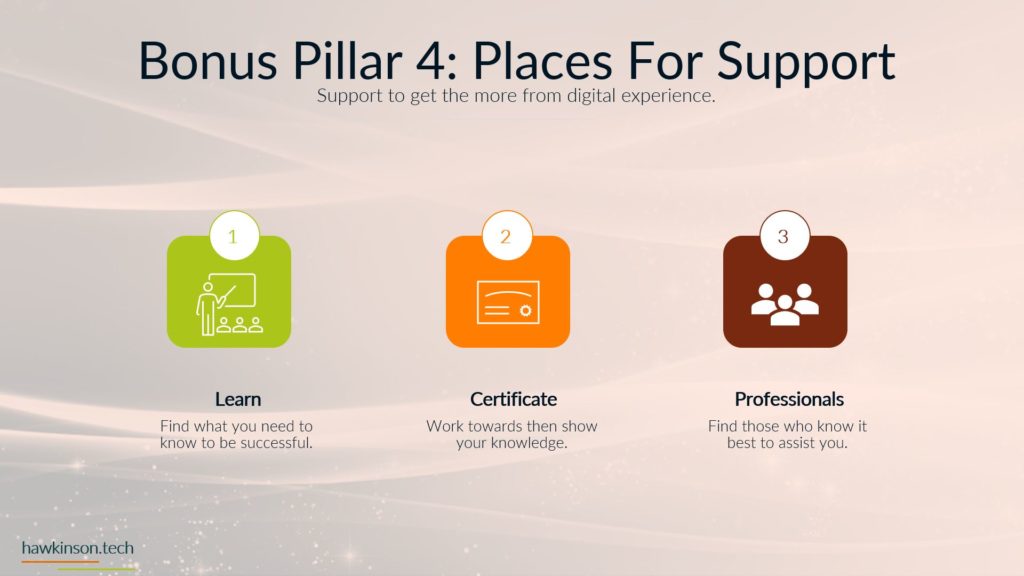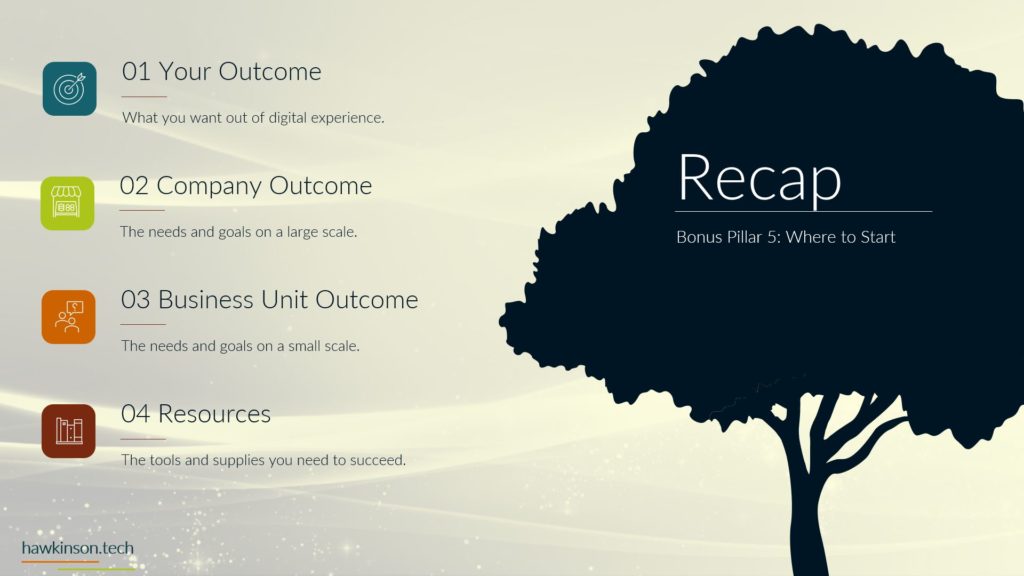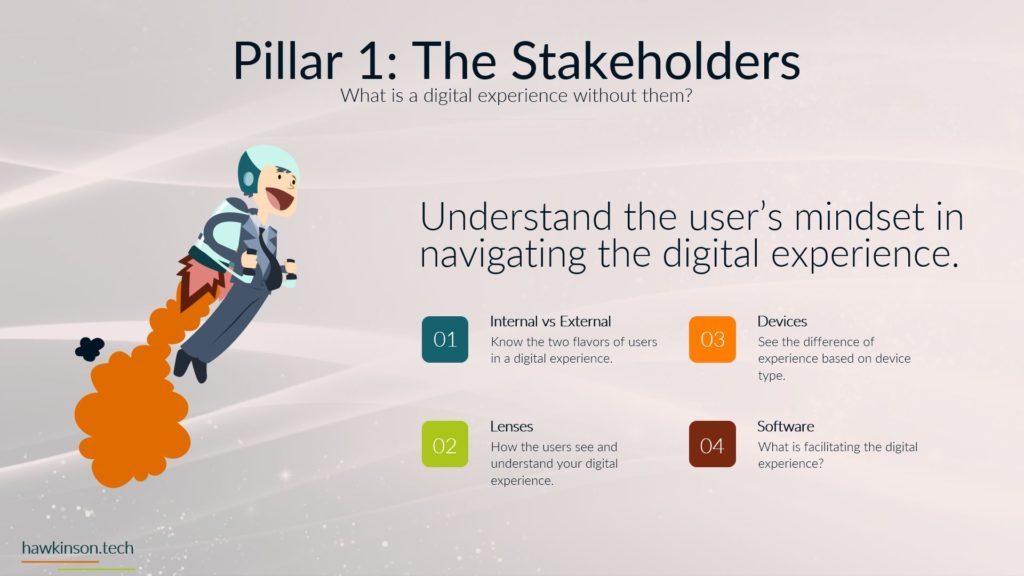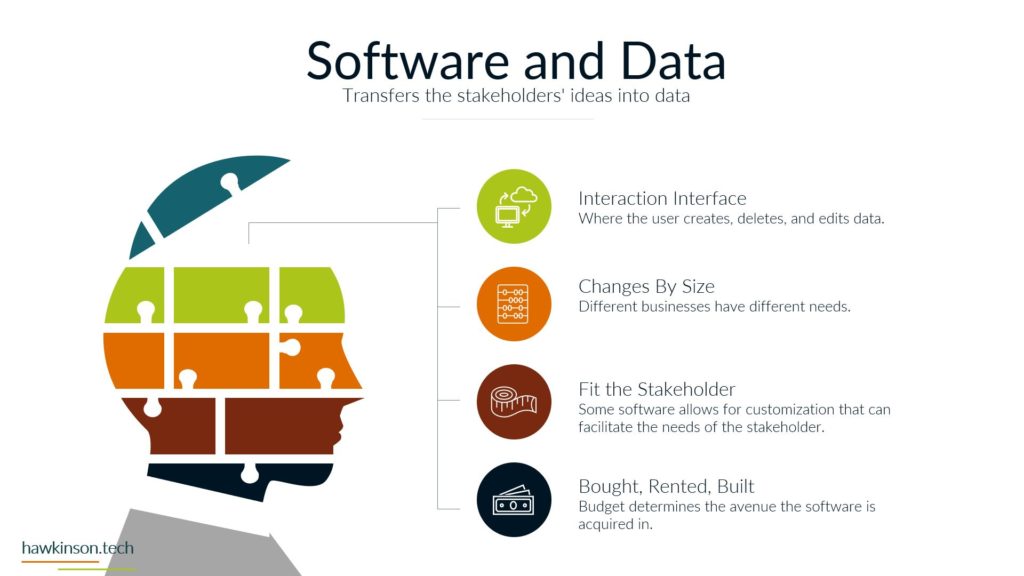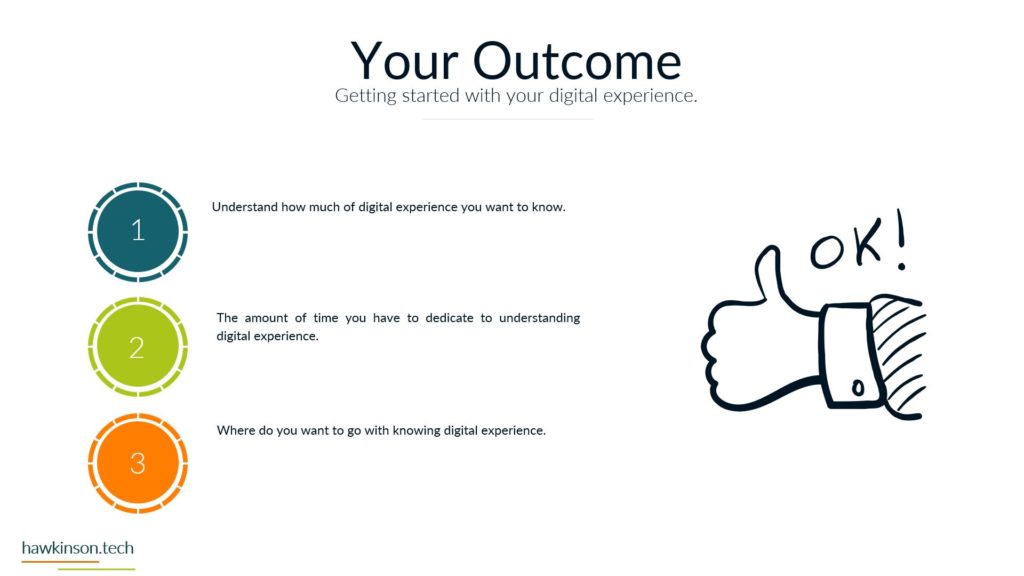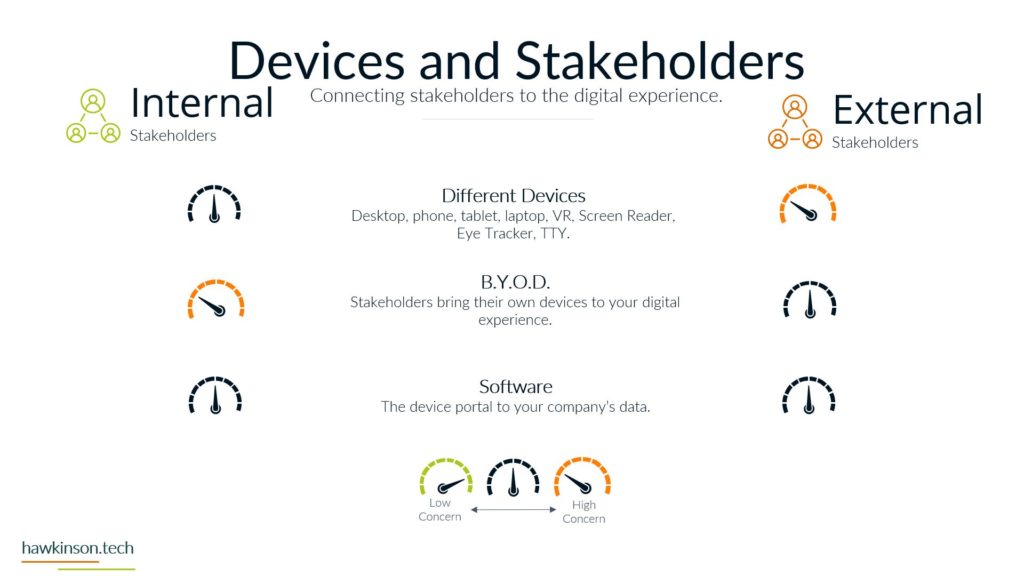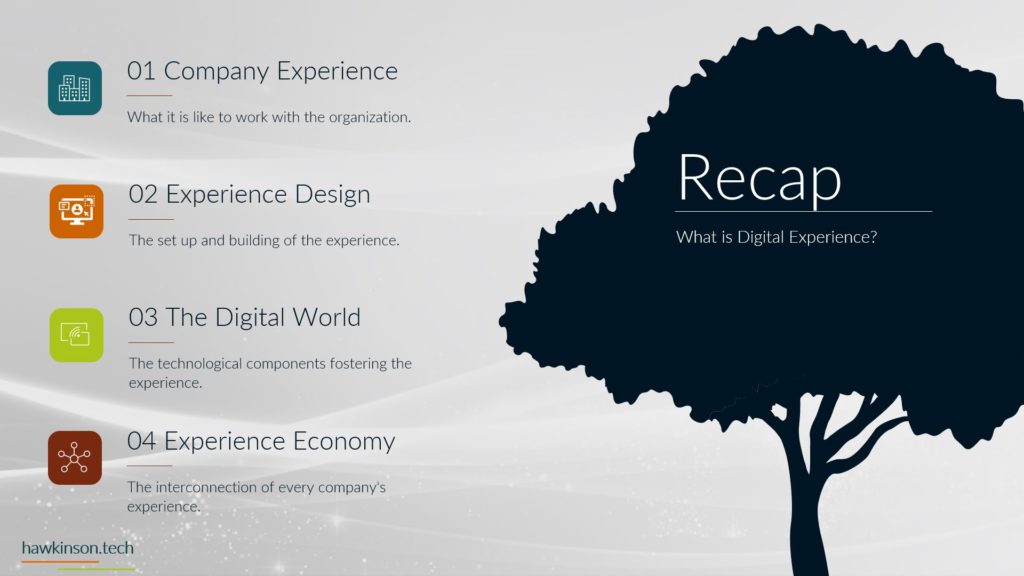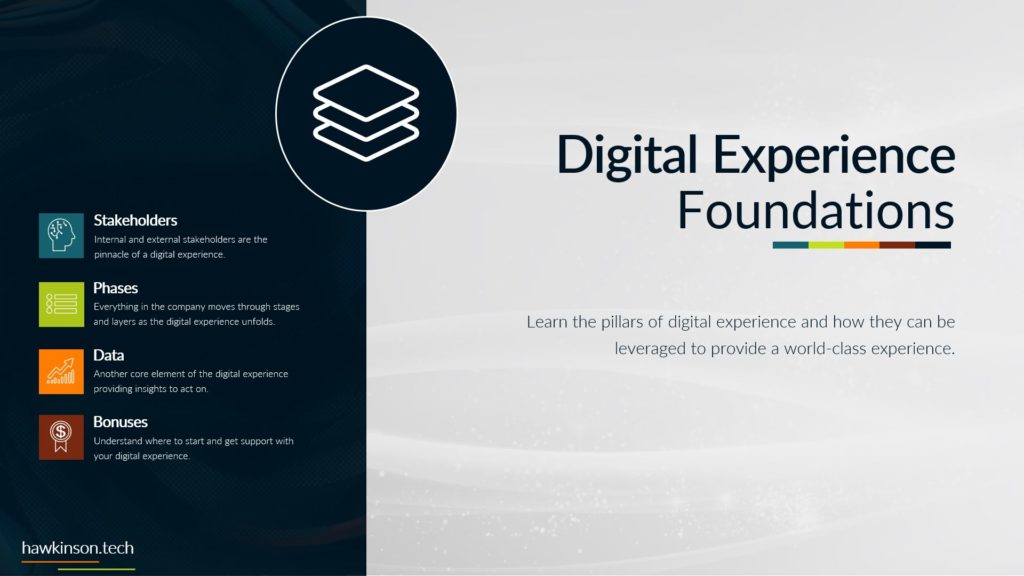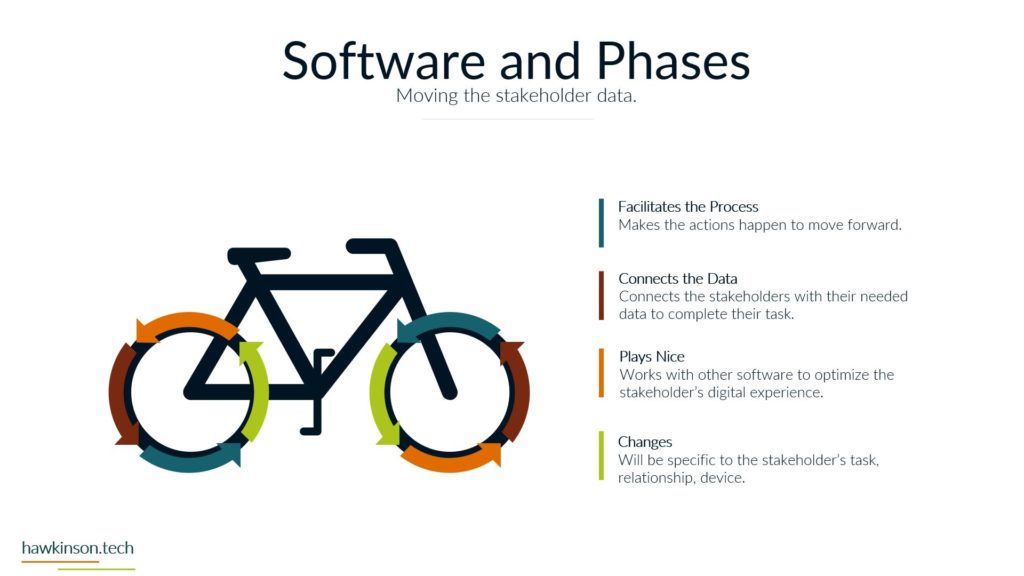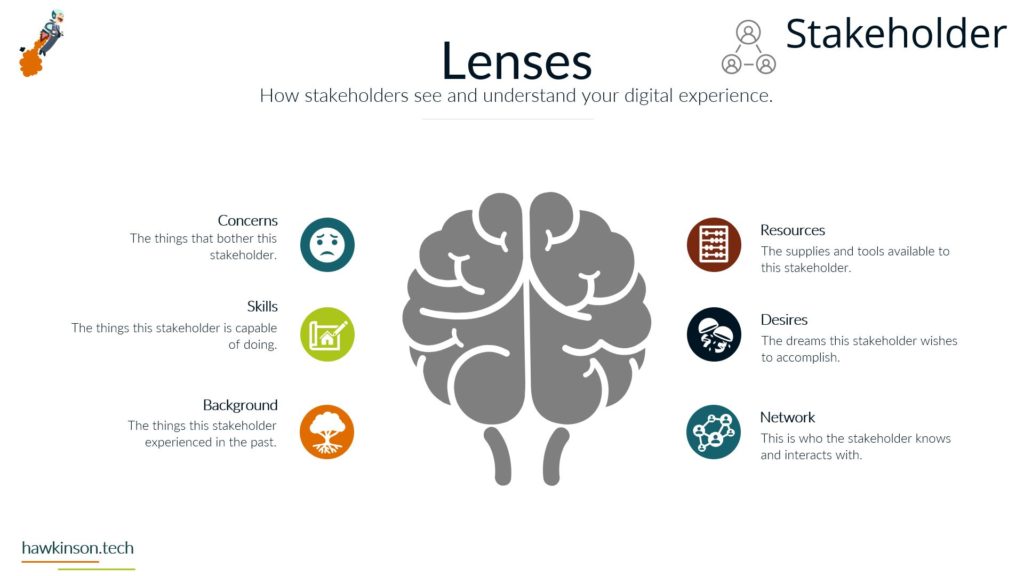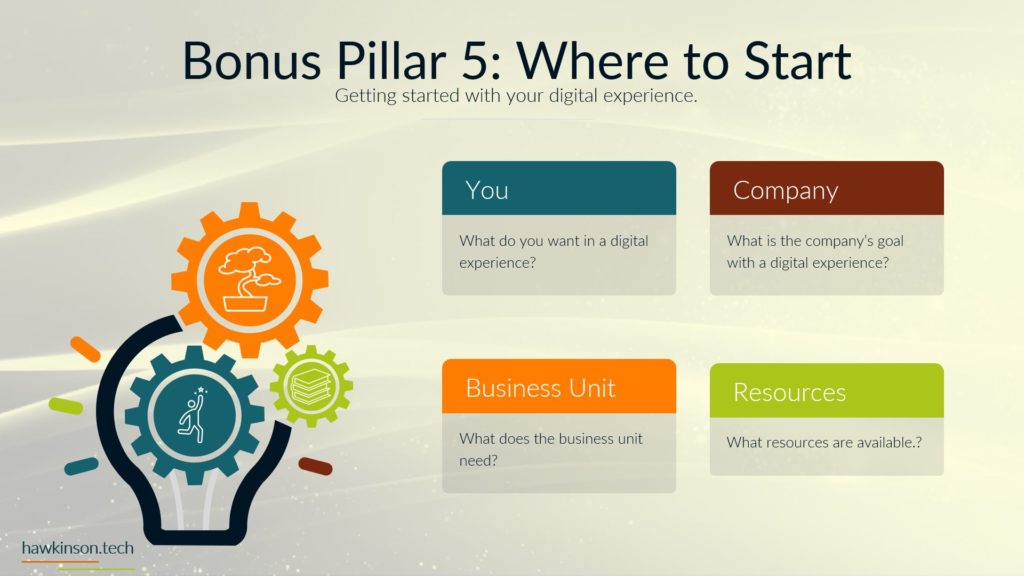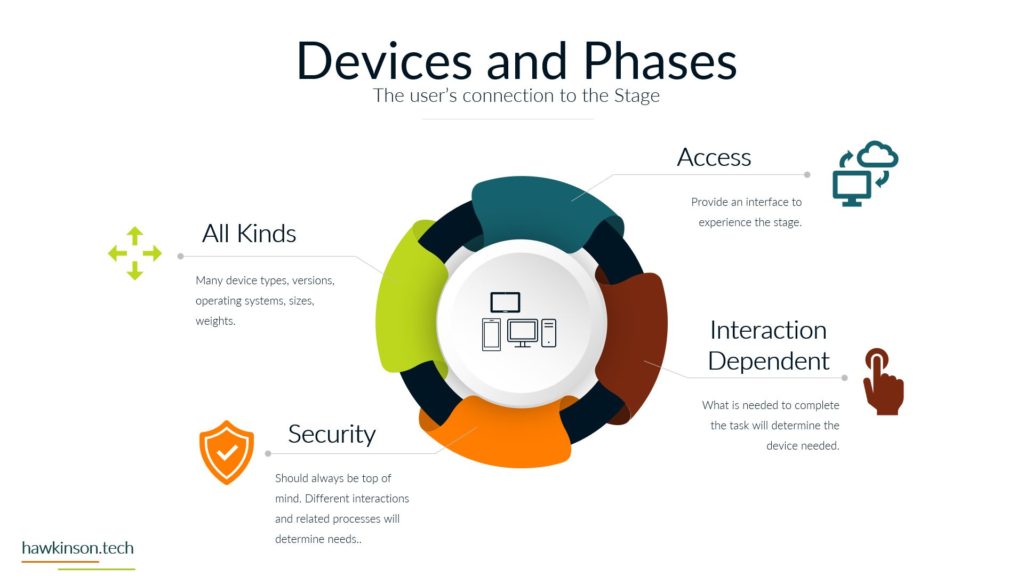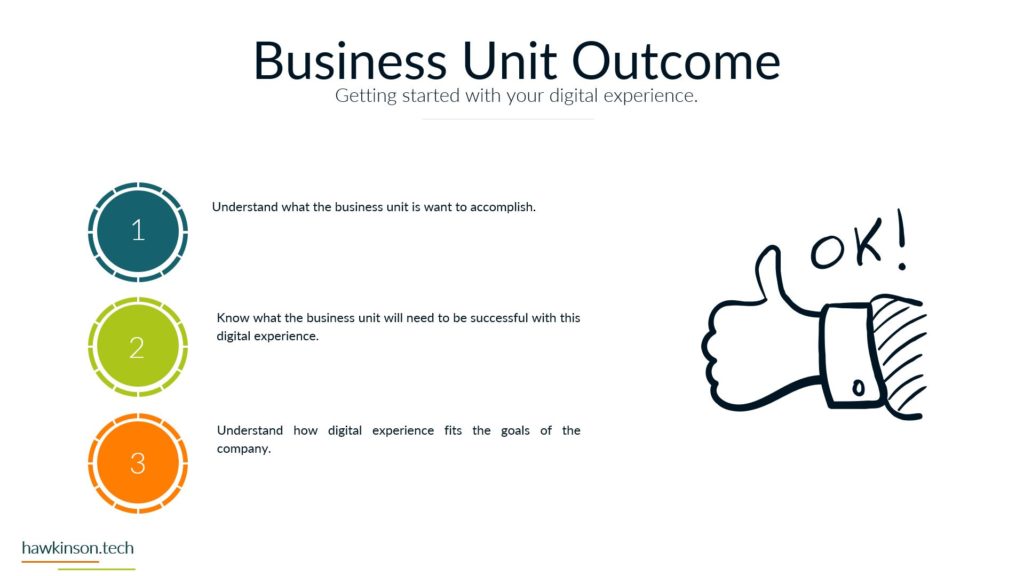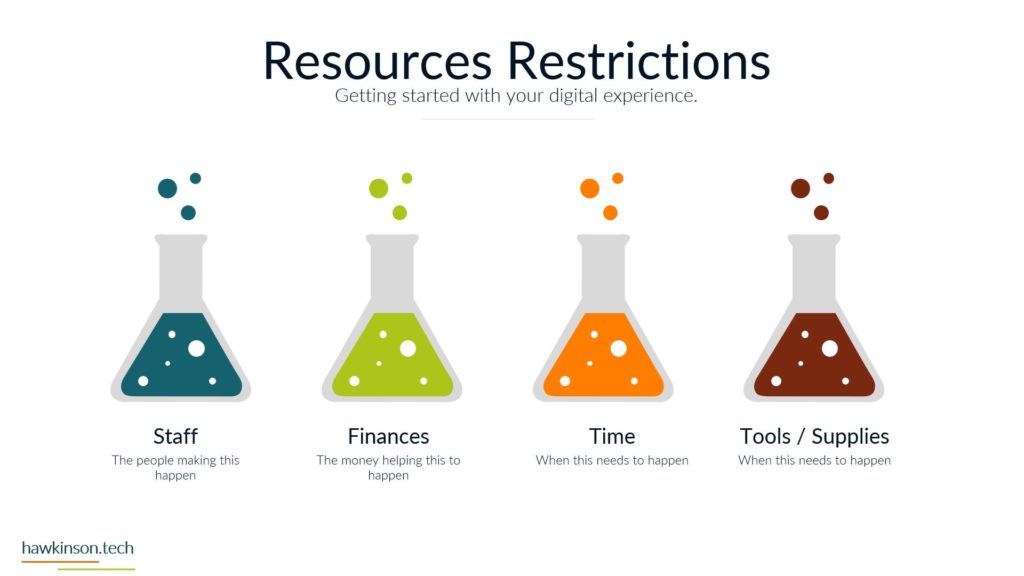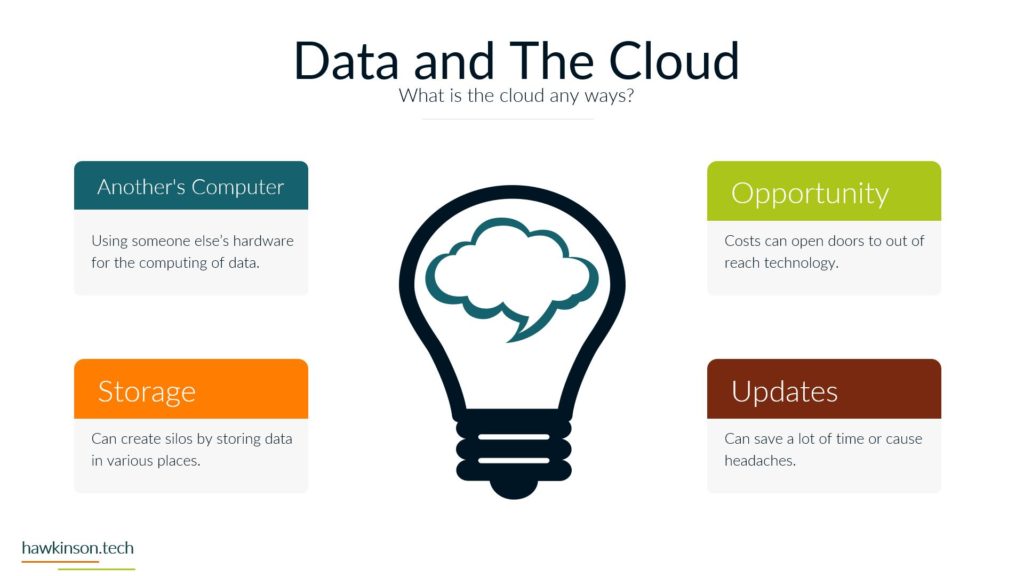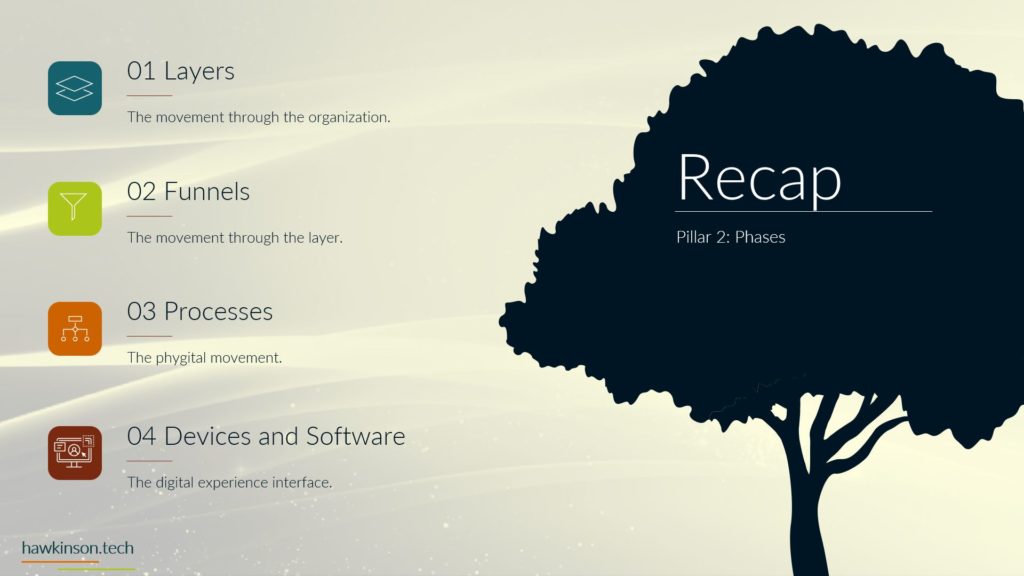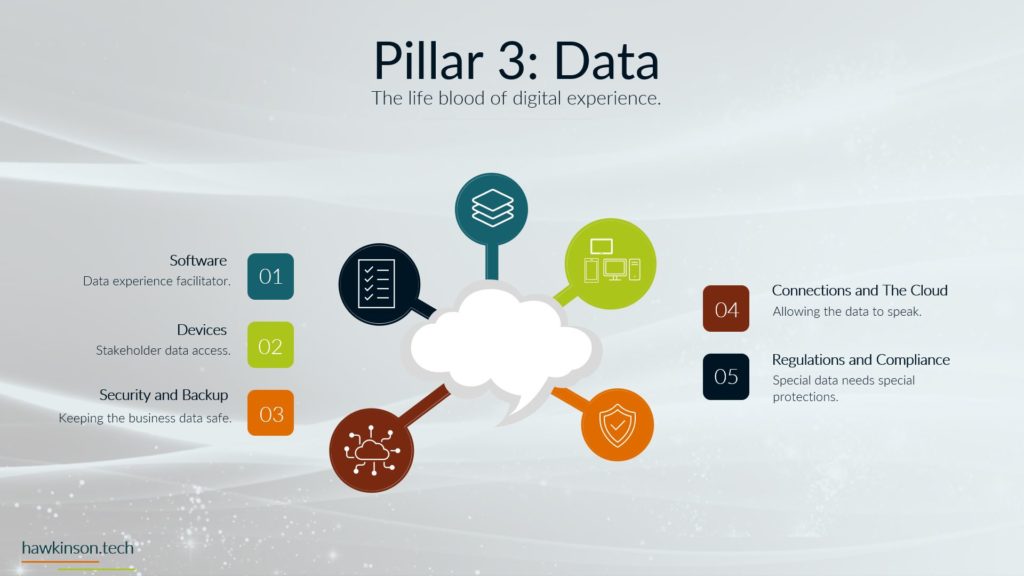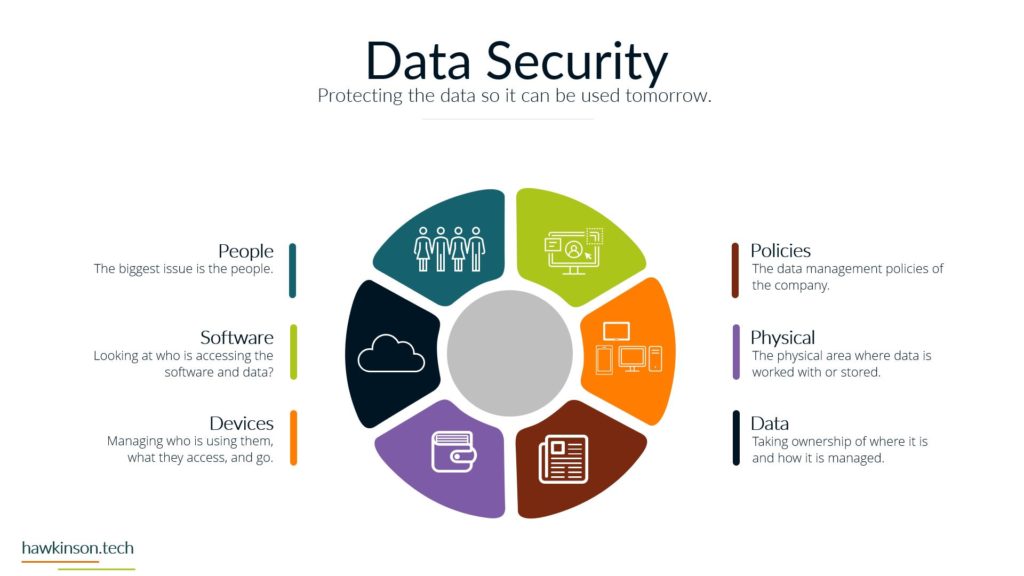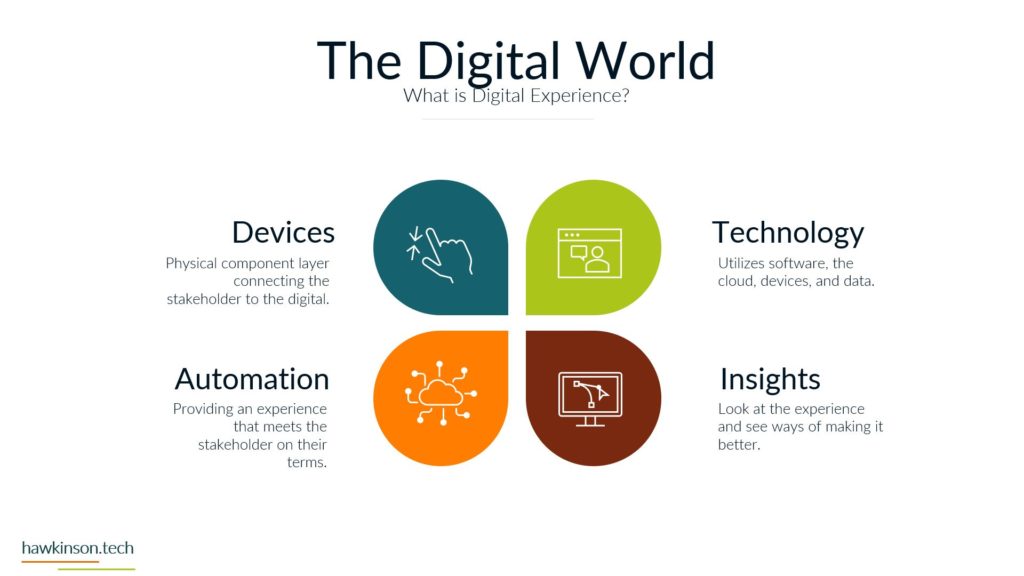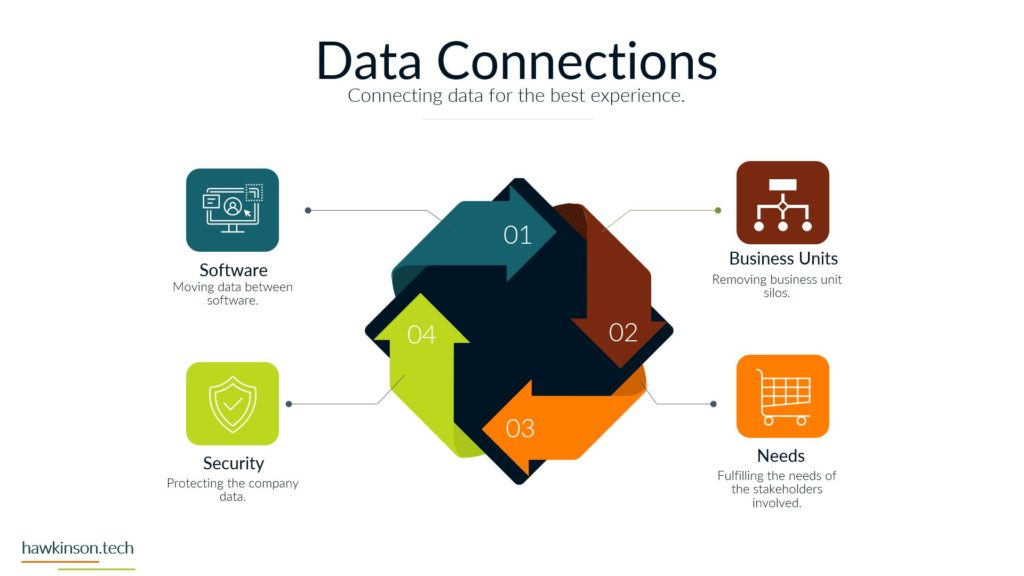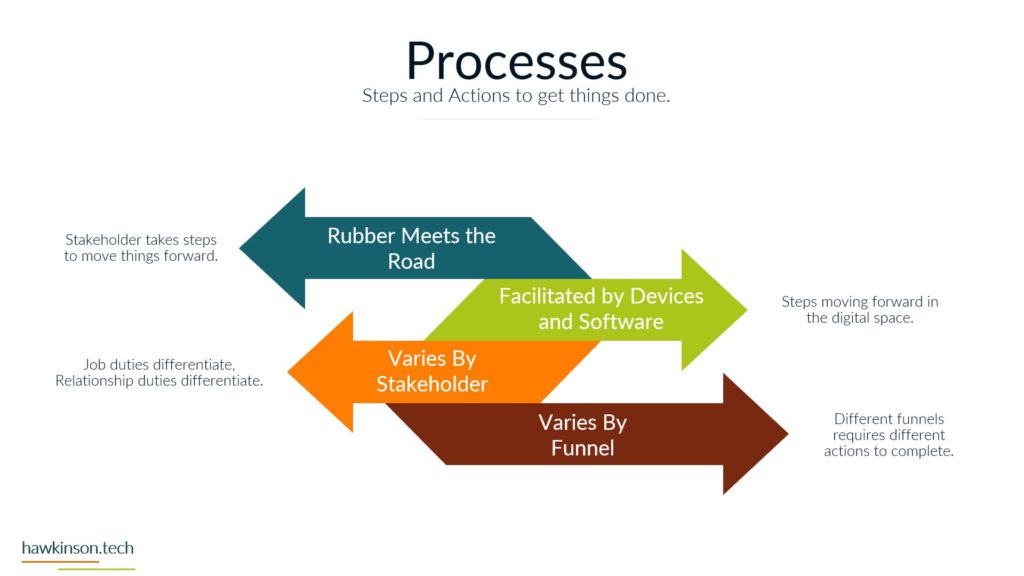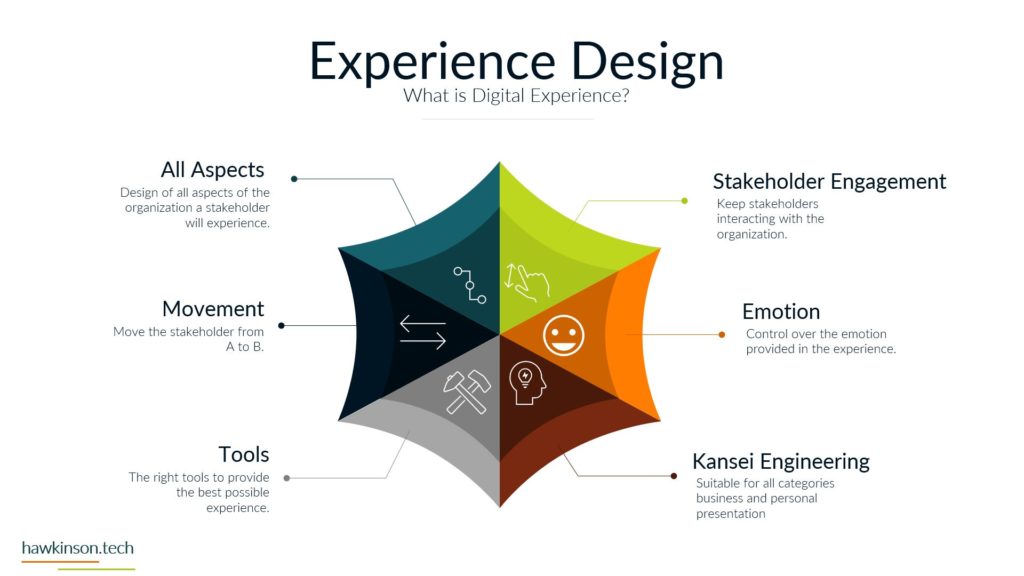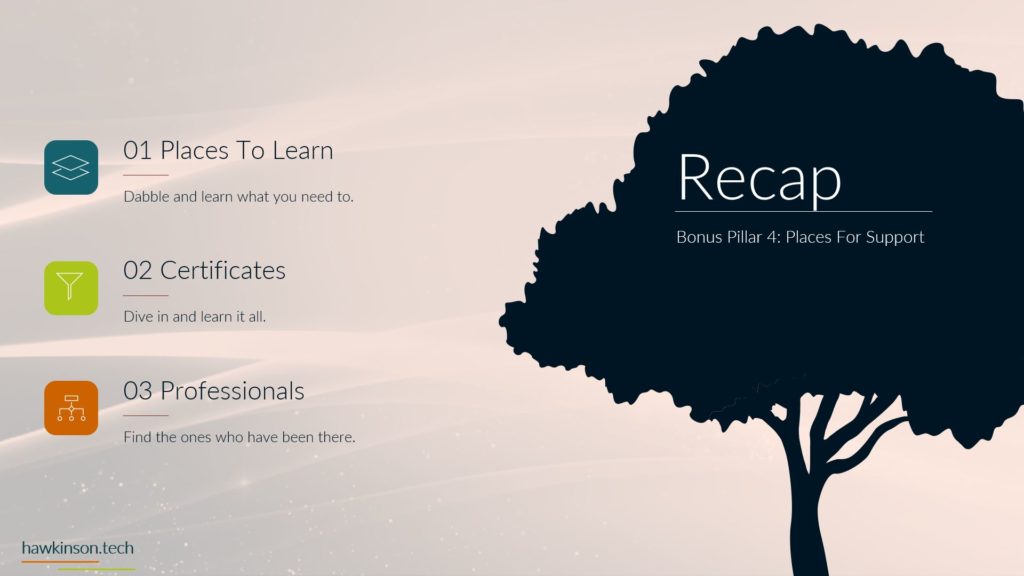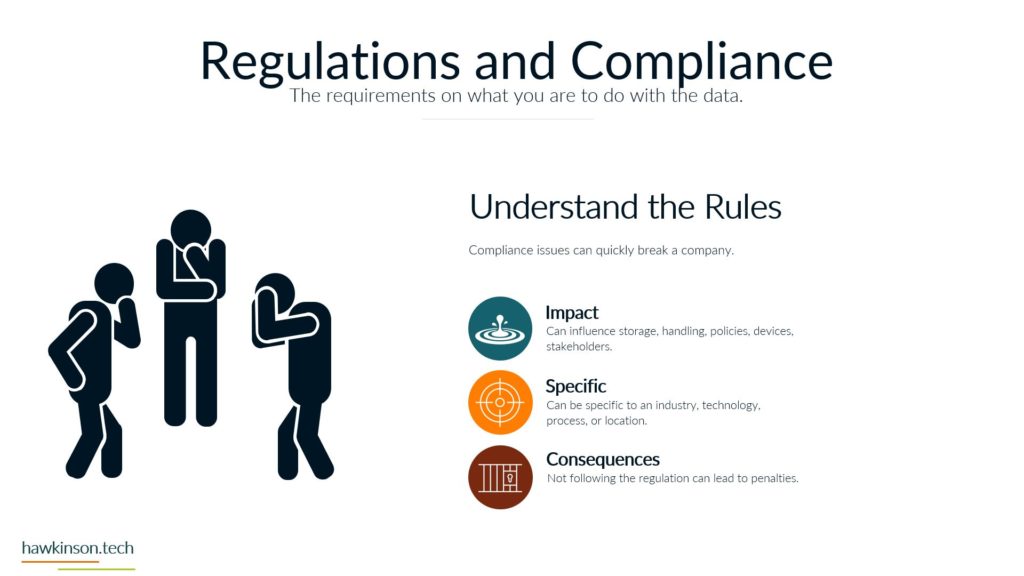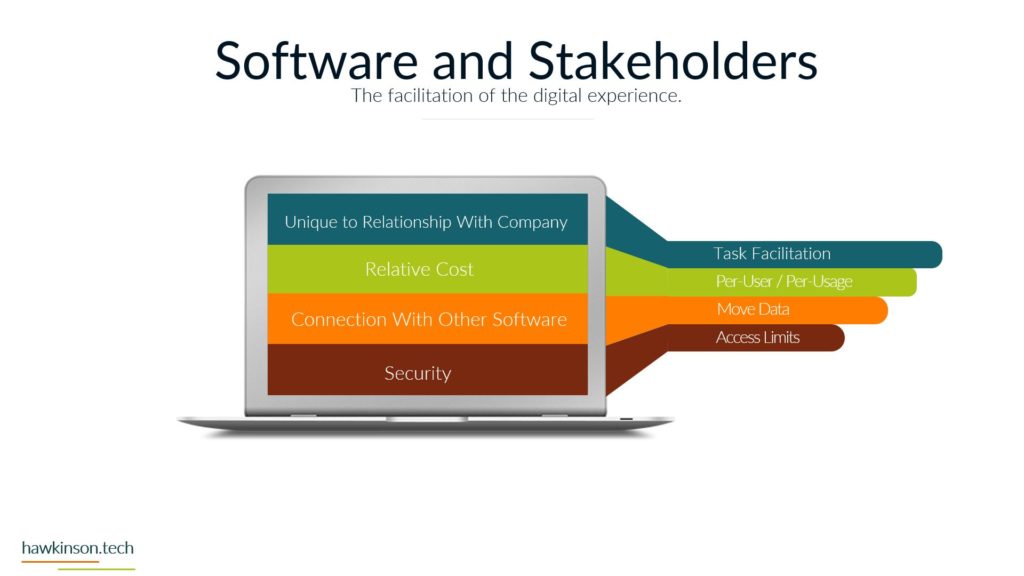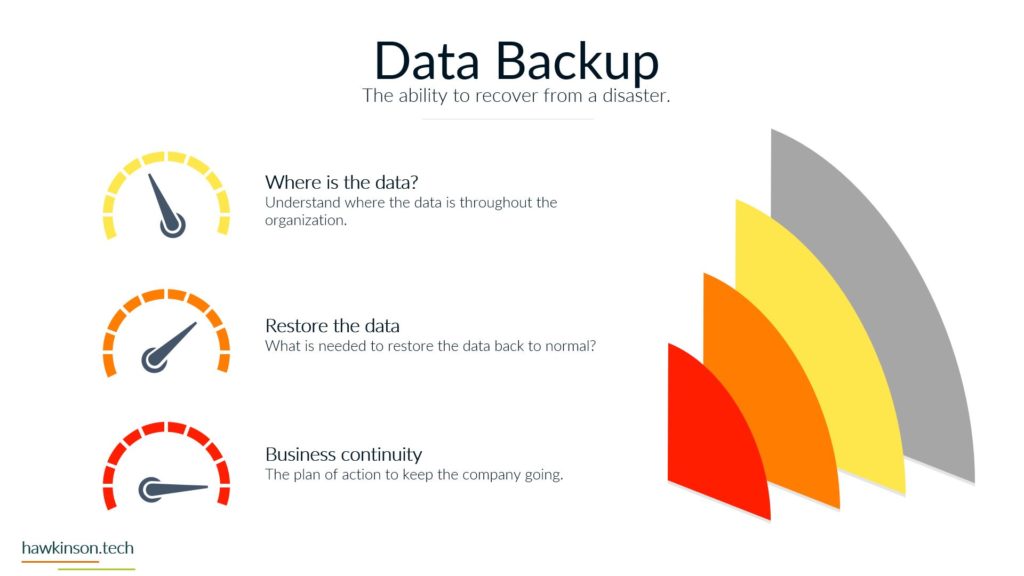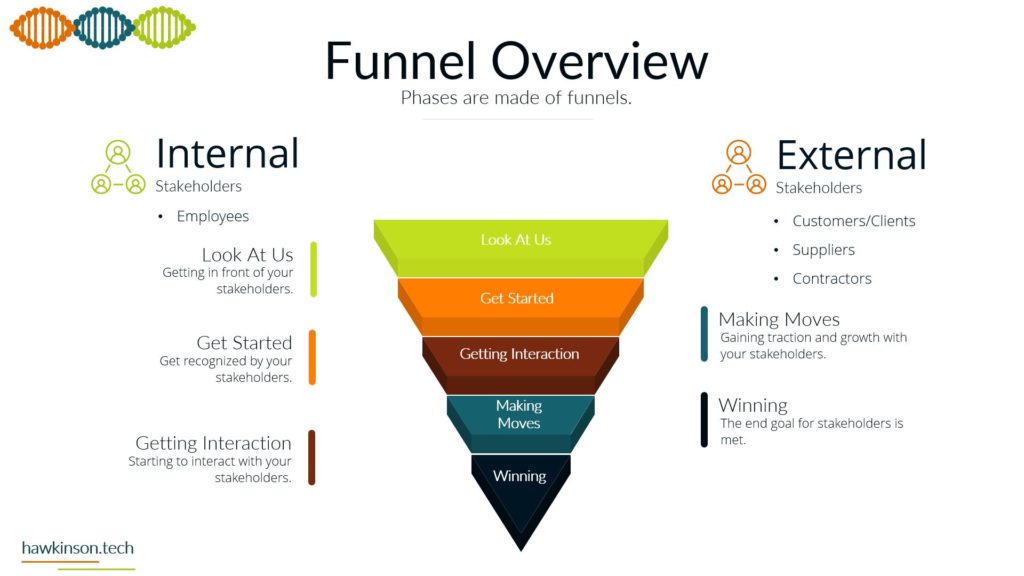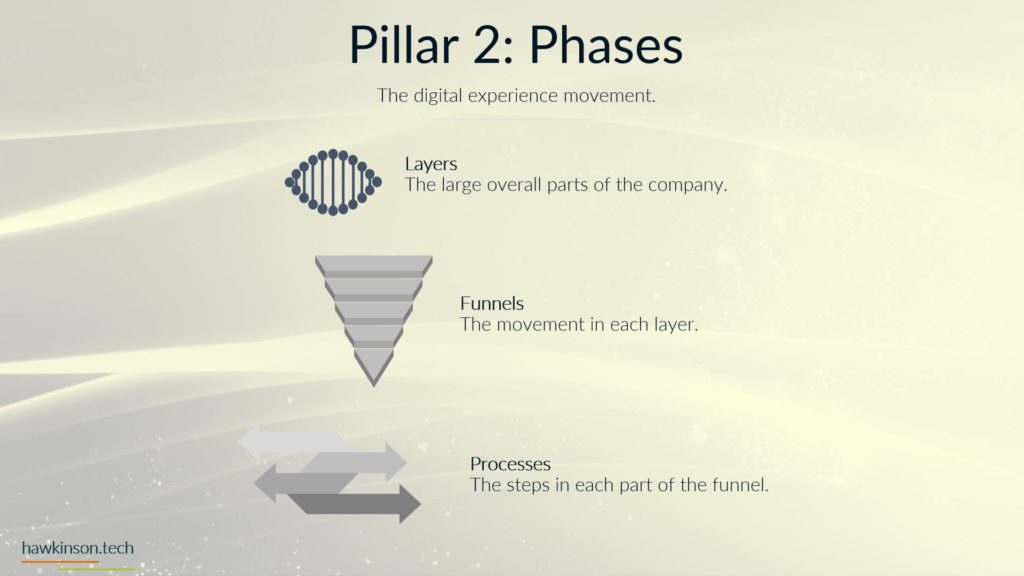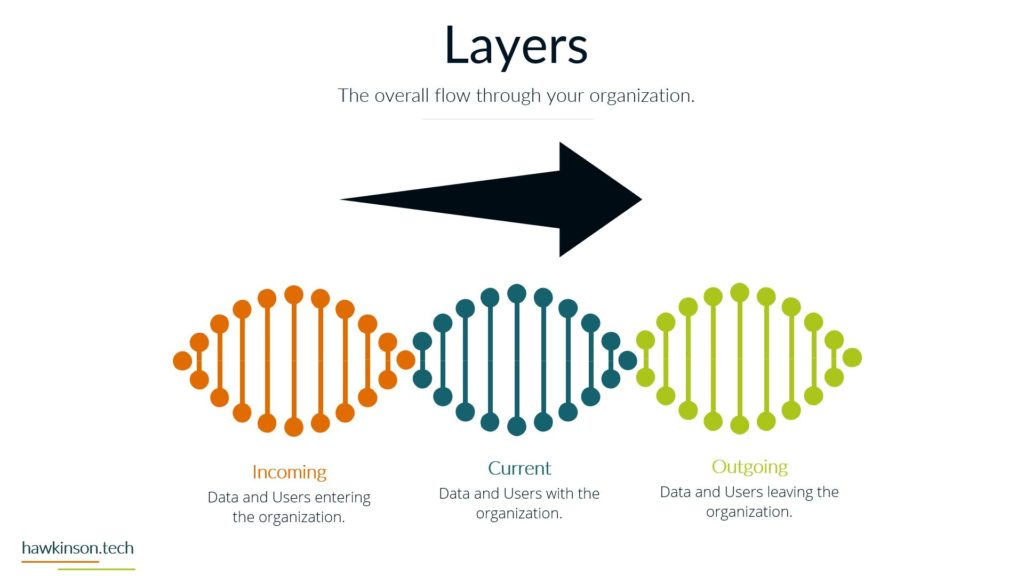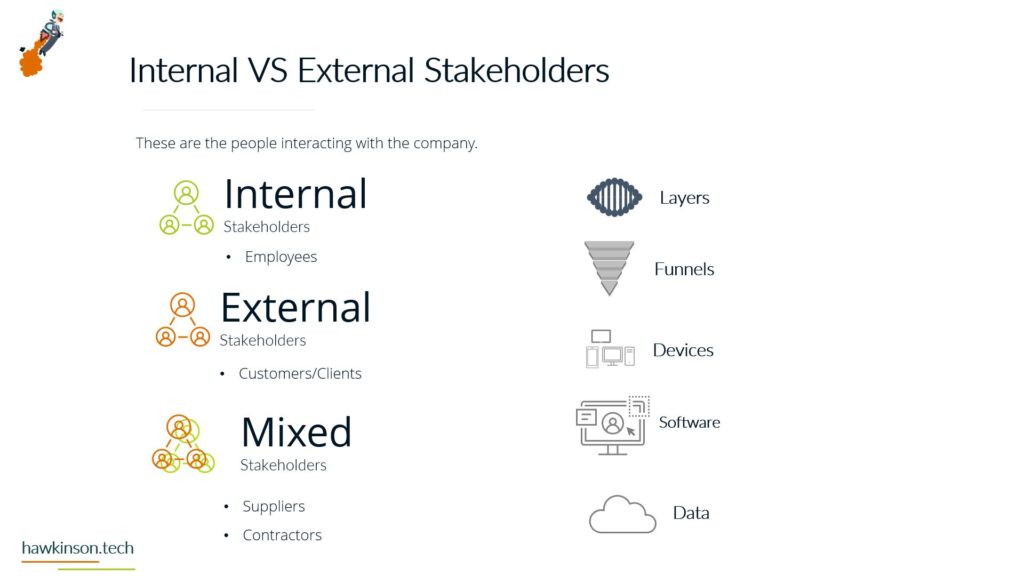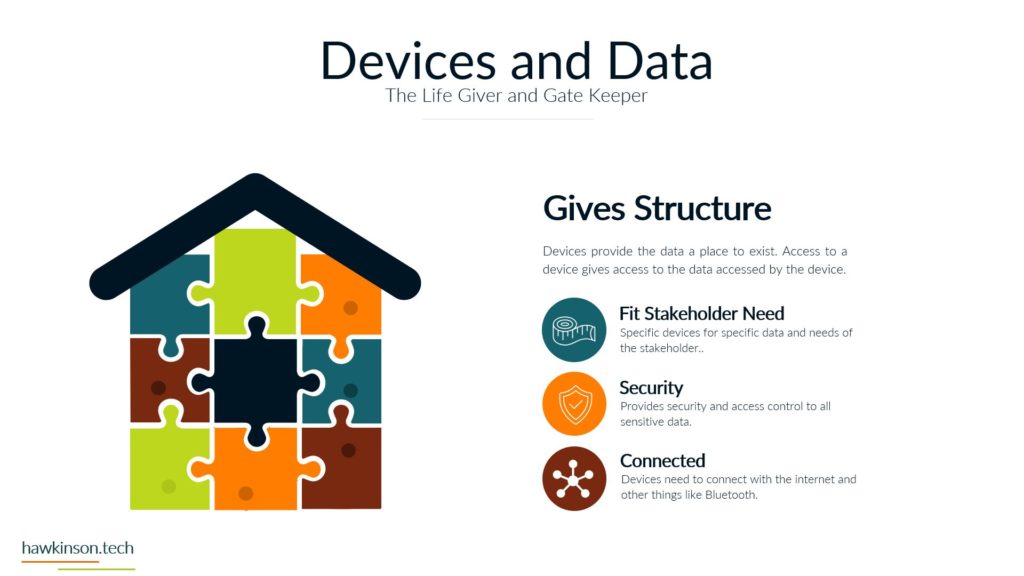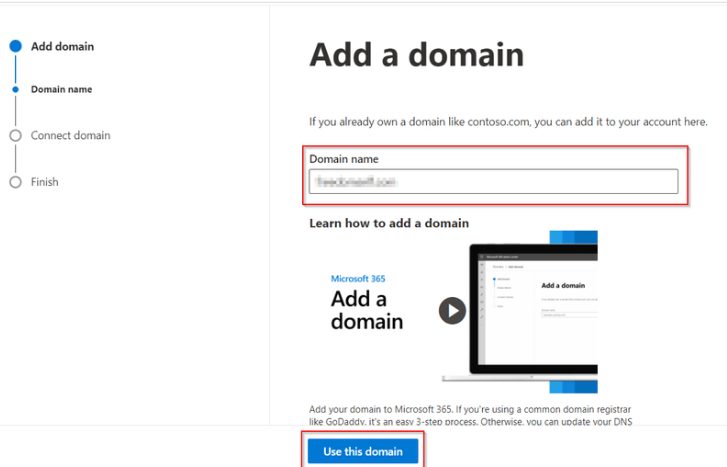In part 3, we look at the different layers, funnels, and processes users navigate to accomplish a task and the accompanying data.
Digital Experience | Pillar 2 Phases | Lesson Introduction
Follow Me Elsewhere:
Play Video
Play Video
Now let’s look at our second pillar, which is going to be the phases of the organization. So in this part, we’re looking at the movement of how things move and work with and how they move through and in and out of the organization. So for each of the different phases, we would break that down into a different layer. And we’ll get into the layers, but effectively the layers are going to be the movement in, at and away from the organization. And then in each of those different layers, we’ll talk about how we can break that down into the different funnels, which then moves somebody through that layer. Then each of those funnels can be broken down into a process and the process is where we are working through each of the actual. Steps of moving things through the organization and then we talk about the things that we’re moving is where we’re actually getting into the different components. So for example, if we’re looking at users, users will be moving into the organization, they’ll be moving at the organization and then they’ll be moving away from the organization. So for looking at our users and stakeholders and a sales. Solution, this would be a matter of getting leads, qualifying the leads and then continuing to upsell the leads and then hoping that we retain them or if they’re done with our services then they go ahead and exit the company. Similar with internal stakeholders, we’re going through and doing job recruitment and then we have them working their job, skilling them at their job and then if they leave, retire or move on, then them leaving the organization. Each of those has different funnels. And in different processes in place in order to move that stakeholder or user through the organization. Next we have devices. So every single device is also going to be moving through the organization at the organization or leaving the organization. This can be users bringing their own devices and working through the different funnels. Likewise this can also be users that were issuing them devices and then as those. Devices kind of age and have to get maintained or removed from the organization as well. Then as we’ve talked about before on each of those devices and our next stage is going to be the software where we’re actually grabbing that data and working with the users and allowing them to interface with the organization. So in this way, we kind of have multiple sides of the software. We have software that is actually facilitating the task and giving users. The ability to move something through likewise software itself also ages and it can be not so much that it’s not maintained or not up to quality. It might mean that the organization has outgrown that particular software or needs to add on to a particular software in order to make things happen or to complete given tasks. And then the last thing that we have is our data and our data is something else that in each of the different phases. And each of the different layers we are going through and we are gathering this data in order to make the processes happen, able to monitor the processes or even be able to track the processes and understand what we would need to change at other parts of the layers of the funnels of the phases and all of those things.
Related Content
More Content
Embark on a journey through the transformative power of data in the digital era. In this comprehensive article, explore how software empowers data facilitation, devices act as gatekeepers of data access, and security safeguards the digital
Discover the crucial significance of data backup in shaping a seamless and secure digital experience in today’s rapidly evolving business landscape. Learn how understanding the whereabouts of your data, evaluating data restoration procedures, and ensuring business
ABOUT THIS GUIDE This guide is to assist in adding a domain to Microsoft 365. Adding the domain is very easy. It requires having access to the domain’s DNS records. The reason for making this change
Uncover the secrets to mastering the digital experience in the fast-paced digital landscape. Explore the phases and layers of the digital organization, guiding stakeholders through seamless funnels and processes. From inward movement to outward transitions, understand
Discover the power of content management solutions for your business. Effectively manage and streamline your content creation, organization, and distribution processes. Improve collaboration, enhance customer experiences, and boost productivity. Learn about the benefits, key features, and
By implementing a CRM system, businesses can gain a competitive advantage by improving customer acquisition and relationship management processes. This article will explore the benefits and importance of CRM in these critical areas.
Discover why email marketing is essential for small businesses. Learn about the advantages of direct access to your audience’s inbox, cost-effectiveness, and the power of personalized content. Get tips on focusing on the quality of your
Today more than ever, companies can produce unique experiences. Technology and mass production allow the production of experiences found in enterprise companies. Experience design will enable companies to build and foster an experience they want for
Want to know more about email marketing? Discover how combining the power of email marketing with Wix can supercharge your marketing efforts.
Explore the interplay between stakeholders and devices in the dynamic digital experience landscape. Discover how different devices shape user experiences and interactions. Understand the needs of internal and external stakeholders in the digital realm and navigate
